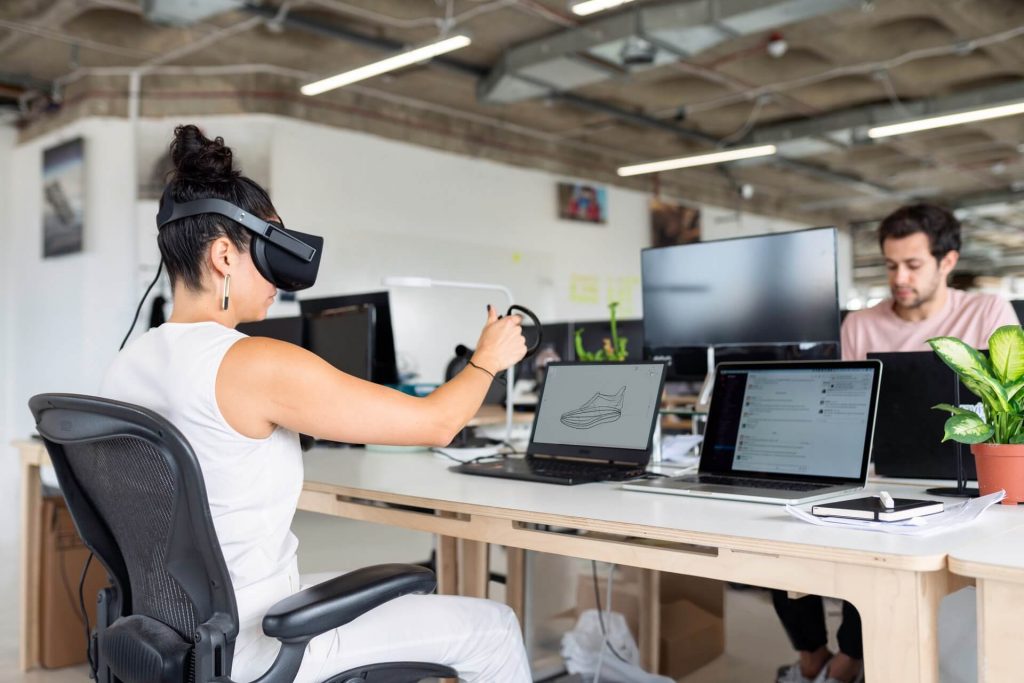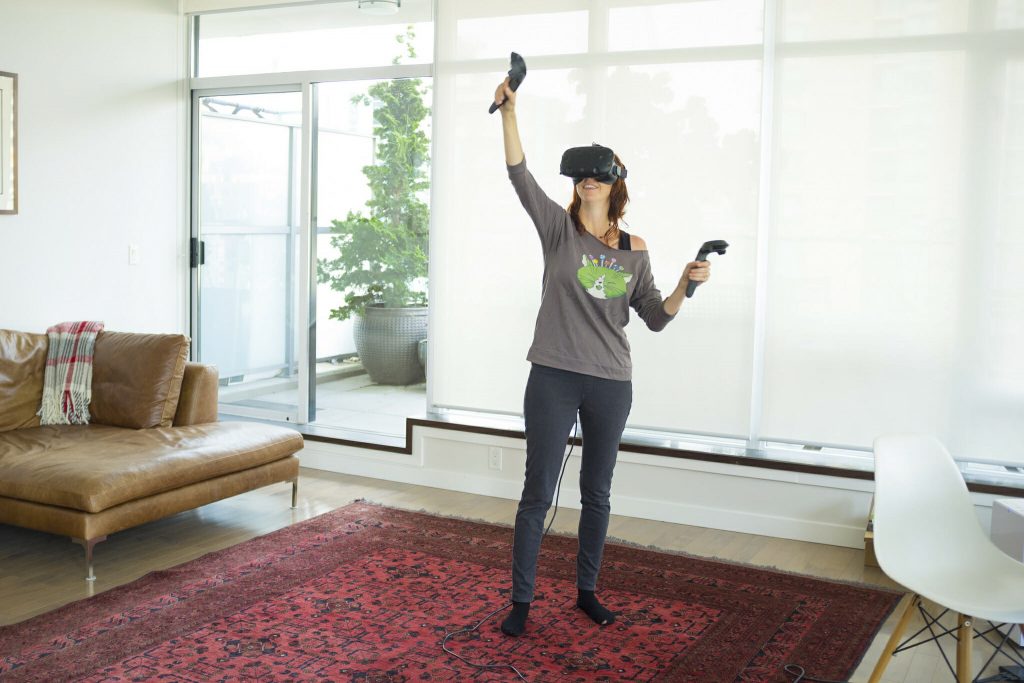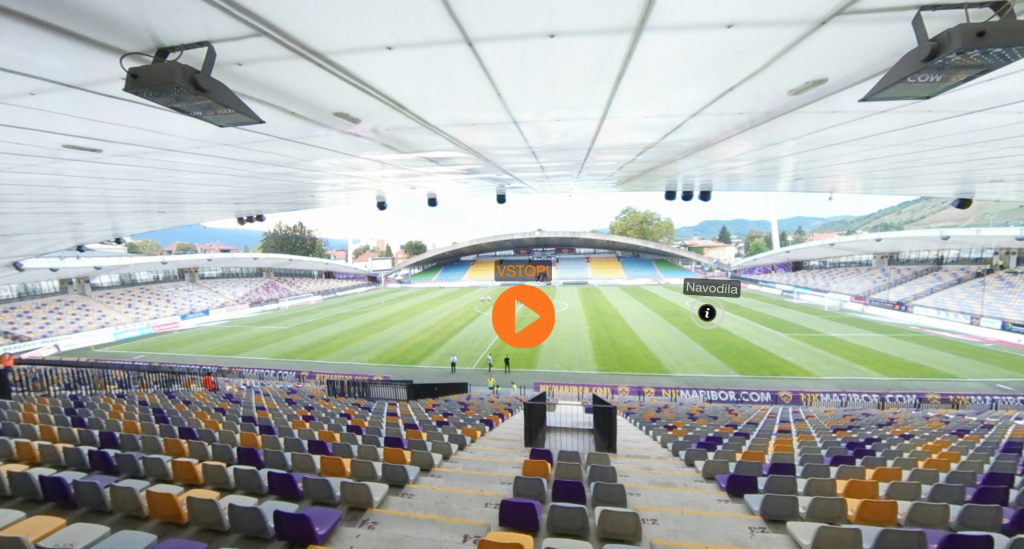Virtual Reality (VR) may be mostly perceived as a technology that can augment one’s consumption of entertainment. However, VR technology has advanced rapidly since Facebook’s 2014 acquisition of Oculus, to the point where such tech giants as Microsoft are now deeply invested in its development. From a relatively niche entertainment utility, it is now being used to enhance customer support, and such companies as OnePlus are integrating it into their marketing strategies. It is thus vital to analyze how VR can improve customer experience, and how this innovative new front can be used to the mutual benefit of companies and customers.

The advantages of VR for customers and their customer experience
VR has multiple inherent strengths that allow it to be used towards different goals. Among them, the two that are arguably most noteworthy are immersion and emotional stimulation.
Immersion
It should go without saying that VR is a fully immersive experience. Its 360-degree video and audio can offer stunning immersion, which has already seen use from both artists and companies. Artists such as Aaron Lewis and Fort Minor have used 360-video to simulate a more engaging environment for their music, while companies such as The North Face have opted to integrate VR landscapes into their marketing campaigns. Most notably on the front of gaming immersion, Valve has also decided to make its much-anticipated, critically acclaimed Half-Life: Alyx a VR-exclusive game, citing enhanced immersion from its equally culturally impactful Half-Life 2 predecessor as a reason.
Emotional stimulation
None of these high-profile examples, among many others, would be present if VR wasn’t becoming ever-more accessible and didn’t have immense marketing potential. Indeed, in an industry where eliciting emotional responses and allowing customers to bond with products emotionally, VR seems to be the perfect frontier for innovation. 360-degree video and audio can produce much more visceral stimuli than traditional audiovisual marketing strategies, eliciting far stronger responses. As a testament to this potential, VR technology has even proven to be a viable mental health rehabilitation tool, as the University of Southern California’s Institute of Creative Technologies has found.
The role of VR in customer experience
Technology has driven digital marketing to new heights, optimized web pages for search engines through Search Engine Optimization (SEO), and generally revolutionized various industries in terms of both customer acquisition and customer experience. Such software as CRM becoming popular in the moving business is a notable example, and persistent chat platforms becoming ever more attuned to business needs is another. In much the same way, VR can also offer unique advantages due to its many applications and future potential, in areas such as;
- Customer reach and retention
- Virtual product testing and product simulation
- Real-time customer feedback
As futuristic or potentially far-fetched as some such approaches may sound, many real-life examples can already attest to VR’s potential.
Customer reach and retention
When current Internet communication can be far less personal, redirecting customers to impersonal chats or automated bots, VR can enable direct, immersive communication between the customer and the support agent.
This method does not simply make communication much more personal, but it also lends itself to practical advantages. Remote troubleshooting becomes much easier when both parties have visual access to the product in question, and 360-degree video enables this. When customer support through legacy telephony or a chat platform can be inconvenient and time-consuming, VR can offer a smoother customer support experience; the customer can be provided with helpful resources, and the agent can have a clear view of the object of discussion. Such an experience can indeed lead to higher customer retention rates since it is easier to simulate more personal communication that fosters brand loyalty.
Virtual product testing and product simulation
Tried-and-tested business practice is to offer trial runs of products or services, which leads to both more satisfied customers and more total sales. VR can enhance the trial experience, and thus improve customer involvement and increase sales in various industries, in no small part through product simulation.
Tied to the aforementioned emotional stimuli, VR has already been used in this way by such firms as Audi, with promising results. In 2017, Audi employed VR car test drives and viewing at some dealerships, exemplifying the tremendous effects this technology can have on marketing. VR allowed customers to examine cars under different lighting and weather conditions, in stark contrast to the usual physical preview. This visual contact with the product has been found to be more engaging and more personalized, cultivating a deeper sense of ownership. Nils Wollny, Head of Digital Business Strategy/Customer Experience at AUDI AG at the time, notably said of this approach; “it offers our customers more information and certainty when making their purchasing decision, as well as a special excitement factor.”
Similarly, Alibaba’s 2019 virtual shopping program showed near-identical results. Through a VR headset, customers could preview products through 3D renderings, all while being supported by a shopping assistant. The customer experience was enriched beyond compare, offering unmatched convenience and engagement. The 2016 OnePlus “The Loop” promotion yielded similar results in 2016, offering a VR experience that promoted their flagship phone, with an incredible 30% conversion rate as solid proof that visual stimulation can be a powerful, appealing sales tool.

Real-time customer feedback
Customer experience is a crucial factor of a thriving business, and customer feedback is a vital aspect of it. As mentioned above, the emotional response is vital to building brand loyalty, and a VR platform for feedback can only be massively beneficial towards achieving this.
VR can expand on what Augmented Reality (AR) has already provided for such companies as American Apparel – a visually stimulating experience where product information and reviews are readily accessible. Holography can be an asset towards virtual hands-on guidance, presenting information in more digestible forms such as floating text bubbles and virtual arrows. Companies such as IKEA have already capitalized on this approach, using AR to allow customers to both preview products in their own space and provide feedback on them, aiding post-purchase satisfaction. It should be safe to assume that VR can only expand on this front, as new marketing endeavors have proven to be possible.




